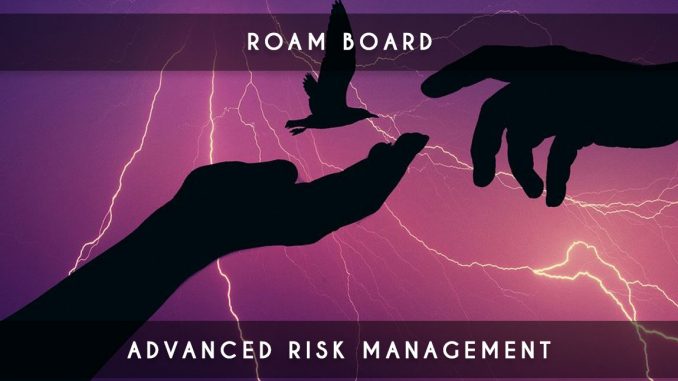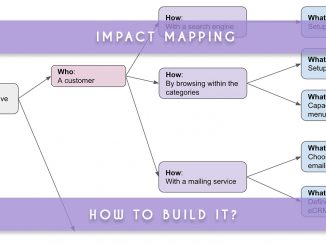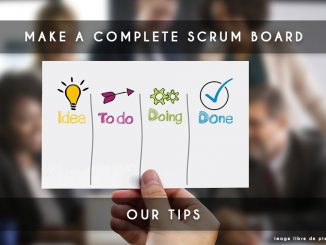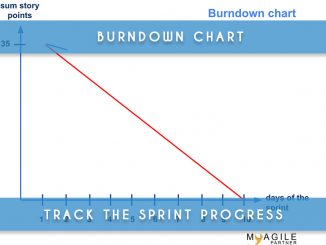
Risk management is crucial throughout the lifecycle of a product or even a company. The utilization of a ROAM board facilitates the handling of risks.
Understanding the ROAM Board
The ROAM board is a risk management model tailored for the agile domain. The integration of visual management into an effective Kanban board greatly enhances risk settlement.
Identifying Risk Types
The initial step involves clearly identifying distinct risk types. Common risk categories include:
Technical Risks
When dealing with certain products, teams might employ cutting-edge technologies, potentially involving numerous uncertainties. What is the cost of external intervention? Can the team independently resolve these issues? Additionally, questions may arise about aging technologies.
Human Risks
Throughout a product’s lifecycle, human risks can be plentiful, warranting careful attention. A few examples include:
- Consequences of an expert’s resignation or extended absence
- Potential conflicts between two leaders
Legal Risks
In cases where an external service provider fails to meet contractual obligations, how should the team respond? How will the legal department handle such matters?
Delays-related Risks
If a product, even in its MVP/MMP form, is not delivered on the scheduled date, associated risks tied to potential date overruns must be considered. These could encompass:
- Non-compliance with regulations
- Delayed revenue generation
- Deferred cost reduction
Other Risk Types
If your teams identify additional risk types, it’s recommended to highlight them.
Visualizing Risk Types
For creating the board, it’s advisable to craft a simple legend and employ standard visual management techniques.

ROAM board – risks type
To enhance visibility of risk types, employing post-it notes of different colors is recommended.
Understanding the ROAM Acronym
The ROAM model is captured by a simple acronym, defining:
- Resolved: Risks fully addressed and eliminated by the team
- Owned: An individual takes responsibility to address the risk fully or partially
- Accepted: The team acknowledges the risk and accepts potential consequences
- Mitigated: The risk is partially managed to reduce potential consequences
This matrix underscores that risks can be partially managed, reducing potential consequences and chances of occurrence without full resolution.
Enhancing the ROAM Board
To augment this model, Agile Framing V2 proposes combining the ROAM board with a gravity/probability matrix for comprehensive risk management. Teams embracing this approach will achieve holistic risk management.
Explore the concept of risk classification (severity/probability) proposed by Agile Framing V2 for a more comprehensive perspective: Risk board
The risk management process involves:
- Classifying risks based on type and severity/probability
- Managing risks using the ROAM board
A complete risk management board encompassing these concepts is shown below.

Agile Framing V2 – Risk Management
Conclusion: Risk Management
The ROAM board, combined with the severity/probability risk classification, proves highly effective. Embracing this concept from Agile Framing empowers advanced risk management throughout a product’s lifecycle.




Be the first to comment